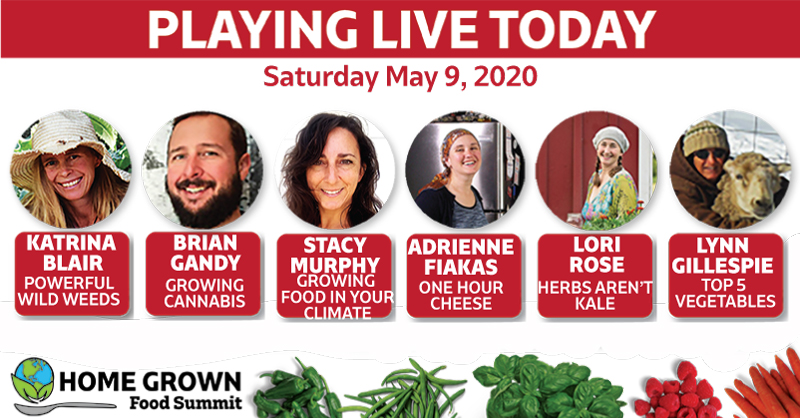A “Flirting With Zero Waste” Tip
I have raved about the sustainable qualities of bamboo in the past, and still stand by it. Yet another typically plastic product that can quickly and easily be eliminated from production and replaced by bamboo is the toothbrush.
Not a whole lot of thought is really invested into these wonderfully convenient and completely essential scrubbing sticks by consumers. A whole lot of time, and advertising, is invested in their design and marketing though. Where they fail, is in their manufacturing. Time and effort is put into making sure that each little bristle can reach the most hard to reach areas, and a lot of money is invested into telling us about where those bristles can reach. Very little time or money is invested into the holder of those bristles.
Plastic is cheap, easy to work with and will last for quite literally FOREVER. Whether we like it or not every toothbrush handle ever manufactured out of plastic in the history of plastic toothbrush handles, still exists in one form or another and will for longer than the person’s teeth that it was designed to brush will. Sure a nicely shaped handle with soft cushiony grips in vibrant colors is nice to look at for its 4 to 6 month lifespan, or until the dentist gives you a new one, whichever comes first. Now all we have to do is pretend we don’t see them piling up in landfills and floating in the ocean for the next few hundred years…that 4 to 6 months sure was nice though. I especially enjoy that each new plastic toothbrush comes gift wrapped with yet another layer of, you guessed it, plastic. After all, plastic is really good at protecting plastic.
Now for the alternative. Bamboo toothbrushes are equally aesthetically pleasing in my opinion, 4 to 6 months of a nice wood grain on display near my sink. Alas, you will have to forego that soft cushiony handle, if only we had soft cushiony areas conveniently placed on our hands in just those locations required to hold a toothbrush. Wouldn’t that be convenient? But how are you going to be able to tell which toothbrush is yours if you can’t all get different colors or shapes? This seems like a silly question, but there really is some validity here. Have you ever realized you were using the wrong toothbrush halfway though a good scrubbing? I have, it’s disturbing. Well fret no more, bamboo toothbrushes have a remarkable ability to be branded. In fact, the manufacturers actually provide this service already, in a wide variety of options; symbols; letters; numbers; whatever you like. You could even purchase them tinted in various colors.

After that 4 to 6 months of usefulness is where this really gets interesting. Bamboo is biodegradable, it will completely decompose and return itself to the soil anywhere from a few months to a few years maximum, in fact enriching the soil rather than contaminating it. Not just biodegradable but compostable! Pro tip for all you gardeners out there, you can break the head off your old bamboo toothbrush and throw the handle into your compost bin where it will aid in growing the same food that you used it to remove from your teeth after you last ate.
There are over 6 billion people in the world, and yes I know they don’t all own a toothbrush, but let’s say they do. 2 to 3 toothbrushes a year per person for let’s say 60 years. That’s a nice round average number of toothbrush use, pre-dentures. So between 120 to 180 toothbrushes per person – split the difference 150 toothbrushes. Multiply that by 6 billion = 900 billion toothbrushes will be used in the next 60 years if the population does not continue to grow. If we only use plastic toothbrushes, those same 900 billion toothbrushes will still exist somewhere in the environment 3, 4, 5, hundred years from now. If we only used bamboo toothbrushes – ZERO will remain, they will have returned to the soil and contributed to the growth of more plants, trees, food, more bamboo etc.
It’s a tough decision, I will let you think about it.



























































